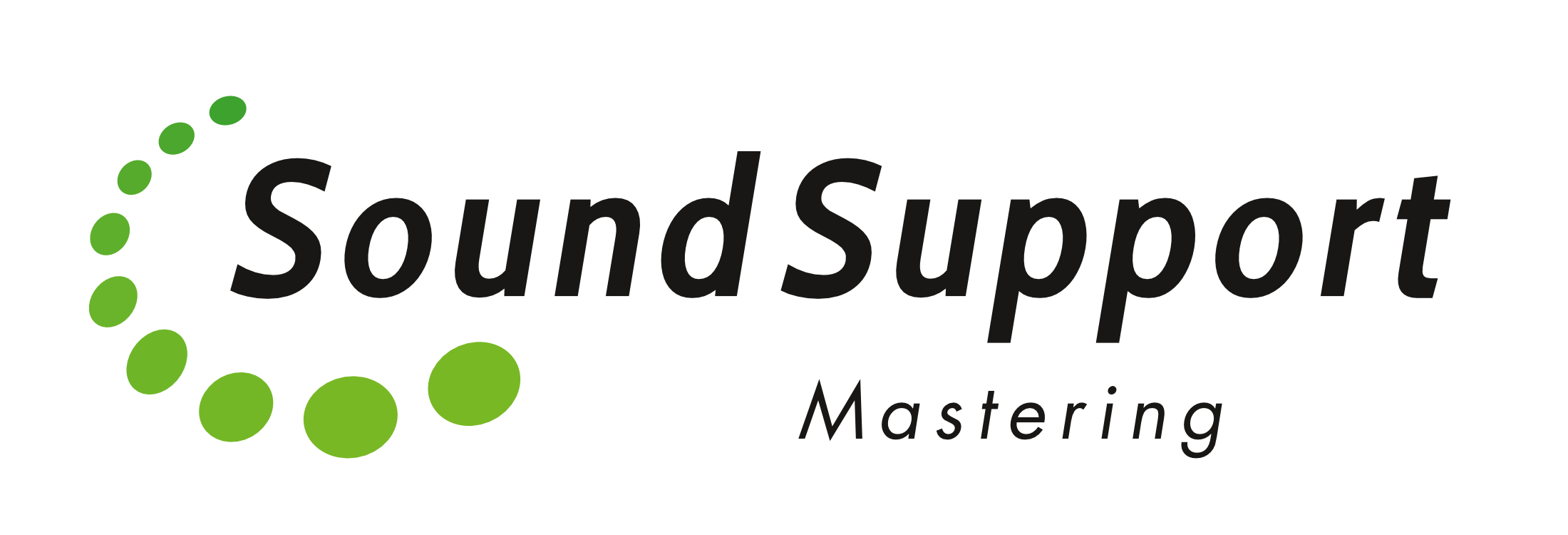What is Stem Mastering ?
Stems are Stereo files from a group of tracks routed to a bus. These can be instrumental or vocal mixdowns of i.e. multiple drum microphones or choir tracks. The idea behind Stem Mastering is that one can process individual elements of the mix without effecting others.
For example: I can give a snare drum more punch by boosting frequencies around 1200 Hz without effecting the lead vocal that sits partly in the same area…etc
Please note that Stem Mastering comes at higher costs than Stereo Track Mastering.
How to prepare my mix for mastering ?
Ideally record at high sample rates and bit-depth. For example: 88,2 khz and 24 or 32 bit float.
Please provide several version of your mix, e.g.: vocals +/- 1dB.
Sometimes mastering causes certain frequency ranges to stand out in the mix.
That way I can compensate for this fact. Your mix should have a headroom of -2 dB to -4dB before hitting digital zero.
Audio file formats and delivery
Please always deliver High-Resolution Files. Don’t use MP3, AAC, WMV nor any other data-compressed formats for Mastering !
Your sound files/tracks should have names that include no more than 25 characters and can be labeled as follows:
Track number/name of the piece/suffixes such as : .WAV / .BWF / .AIF …etc.
Please allow 1-2 seconds of pre / post roll at the beginning / end of the track (already in the DAW while arranging the song).
Record and mix down all tracks at the highest possible sample rate and bit depth. For example: 96 khz and 32 bit Floating Point.
Even if you´ve recorded / mixed at 44.1 or 48 khz and 16-bit, you can set the bounce dialog to 96 khz and 32 or 24-bit (depending on your audio software/DAW) and then bounce to that high resolution for mastering.
Please don´t edit the bounced tracks. Don´t use normalizing or Maximizer plugins and don´t perform Fade-Ins/Fade-Outs. I´ll do this for you.
You can deliver your files physically (i.e. on CD/DVD/USB stick) or upload them via services like Wetransfer. Dropbox, Google Drive…etc
The dynamic range of your tracks
Dynamic range means the difference between low and high levels in your mix.
It is very helpful to leave a maximum of dynamic range before sending your track to the mastering studio.
Please do not use compressors, maximizers or similar effects on your master mixbus.
Instead leave a headroom of about 2-4dB before hitting digital zero.
What is Dithering ?
Dithering must be the last step in the Mastering Process.
It usually is needed when reducing bit-depth
For example: from 24 bit used in the mixing process to 16 bit CD standard.
Choosing the right type of dither for a special program material is a very complex task
and it demands some experience. Please do not use dithering in your mix
I will do this for you during CD Authoring.
When in doubt I recommend contacting me to talk about exceptional dithering situations.
Correlation (Mix-Tip)
Please always have an eye on the correlation of your mix.
Specially when preparing for vinyl, the bass prior to all other frequencies needs to be “in phase”.
There are plenty of correlation metering tools available in the market.
Most DAWs offer onboard correlation metering tools.
